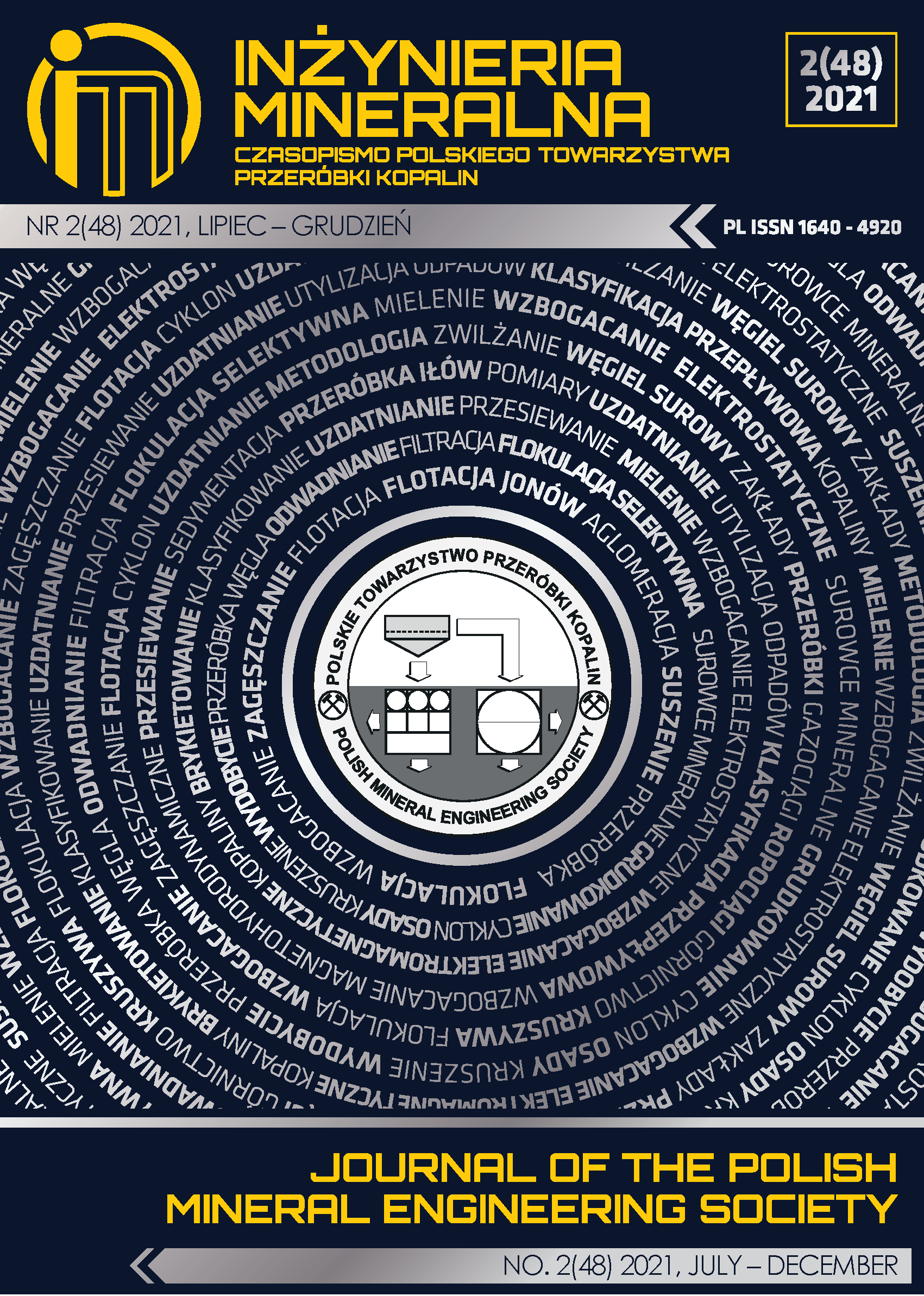The capability of terrestrial laser scanning for monitoring the displacement of high-rise buildings
Abstrakt
Recently, terrestrial laser scanner (TLS) has been increasingly used to monitor of
displacement of high-rise buildings. The main advantages of this technique are time-saving, higher
point density, and higher accuracy in comparison with GPS and conventional methods. While TLS is
ordinary worldwide, there has been no study of the capability of TLS in monitoring the displacement of
high-rise buildings yet in Vietnam. The paper's goal is to build a procedure for displacement monitoring
of high-rise buildings and assess the accuracy of TLS in this application. In the experiments, a scanned
board with a 60 cm x 60 cm mounted on a moveable monument system is scanned by Faro Focus3D
X130. A monitoring procedure using TLS is proposed, including three main stages: site investigation,
data acquisition and processing, and displacement determination by the Cloud-to-Cloud method (C2C).
As a result, the displacement of the scanned object between epochs is computed. In order to evaluate the
accuracy, the estimated displacement using TLS is compared with the real displacement. The accuracy
depends on scanning geometry, surface property, and point density conditions. Our results show that the
accuracy of the estimated displacement is within ± 2 mm for buildings lower than 50 m of height. Thus,
TLS completely meets the accuracy requirements of monitoring displacement in the Vietnam Standards
of Engineering Surveying. With such outstanding performance, our workflow of using TLS could be
applied to monitor the displacement of high-rise buildings in the reality of geodetic production in
Vietnam.
Copyright (c) 2021 Trung Dung PHAM ,Quoc Khanh PHAM ,Xuan Cuong CAO ,Viet Hung NGUYEN ,Sy Cuong NGO

Utwór dostępny jest na licencji Creative Commons Uznanie autorstwa – Na tych samych warunkach 4.0 Miedzynarodowe.
Czasopismo pozostawia część majątkową praw autorskich autorowi.
Czasopismo zezwala autorom i zachęca ich do zamieszczania swoich artykułów na prywatnych stronach internetowych oraz w instytucjonalnych repozytoriach. Dotyczy to zarówno wersji przed opublikowaniem, jak i wersji po publikacji. Udostępniając swoje artykuły są zobowiązani do zamieszczenia szczegółowych informacji bibliograficznych, w szczególności (o ile to tylko możliwe) podania tytułu tego czasopisma.







.png)
